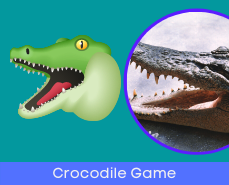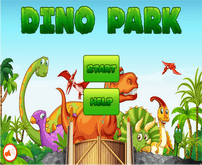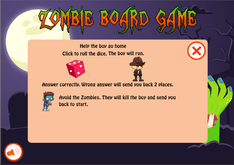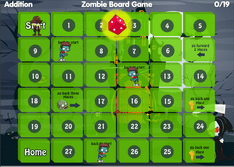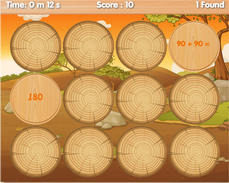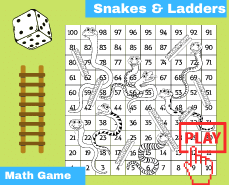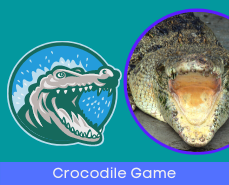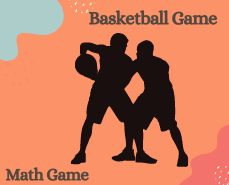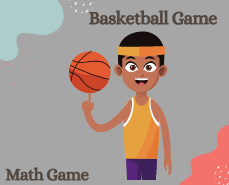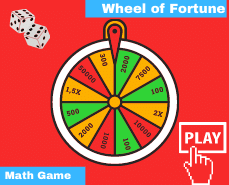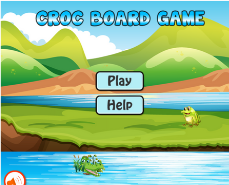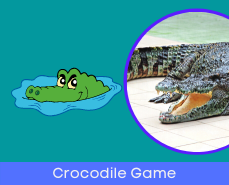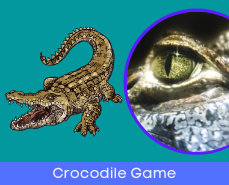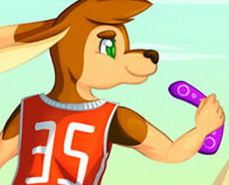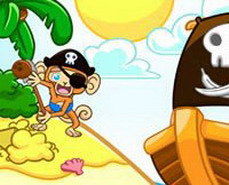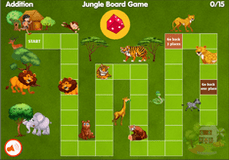Teaching with Cartoons: Engaging, Educative, and Entertaining
In recent years, the world of education has seen a significant transformation, with innovative methods being introduced to enhance the learning experience for students. One such effective and engaging approach is teaching with cartoons. Combining the power of visuals with educational content, cartoons have emerged as a valuable tool for educators to captivate their students' attention while delivering valuable lessons.
The Power of Visual Learning
Human beings are naturally drawn to visual stimuli. Research has consistently shown that visual learning aids significantly improve information retention and comprehension. When learners are exposed to information in a visual format, it is easier for them to make connections and understand complex concepts.
Cartoons in Education: A Historical Perspective
Cartoons have played a role in education for decades, and their impact has been remarkable. From educational television shows to animated films with educational messages, cartoons have been entertaining and educating audiences of all ages. However, the integration of cartoons into formal classroom settings has gained prominence in recent times.
Continue Reading Below >>
Benefits of Using Cartoons in Teaching
4.1. Enhancing Student Engagement
Traditional teaching methods often struggle to maintain students' attention throughout a lesson. Cartoons, with their vibrant colors and dynamic characters, have a unique ability to captivate learners, making the learning process more enjoyable and interactive.
4.2. Simplifying Complex Concepts
Complex ideas and theories can be challenging to grasp, especially for younger learners. Educational cartoons simplify these concepts through visual storytelling, making abstract ideas more accessible and relatable.
4.3. Fostering Creativity and Imagination
Cartoons are known for their imaginative narratives and fantastical worlds. By exposing students to creative and imaginative content, cartoons stimulate their own creativity, encouraging them to think outside the box.
4.4. Promoting Emotional Connection
Cartoons often portray characters facing relatable challenges and emotions. This emotional connection helps students develop empathy and a deeper understanding of various situations.
How to Integrate Cartoons into the Curriculum
5.1. Identifying Appropriate Topics and Subjects
The first step in integrating cartoons into the curriculum is to identify suitable topics and subjects that can be enhanced through visual aids. Subjects such as history, science, literature, and social studies lend themselves well to cartoon-based learning.
5.2. Selecting High-Quality Educational Cartoons
Not all cartoons are created equal. It is essential for educators to choose high-quality, age-appropriate cartoons with educational content that aligns with their learning objectives.
5.3. Incorporating Cartoons in Lesson Plans
Educators should strategically integrate cartoons into their lesson plans, ensuring that they complement the learning objectives and add value to the overall teaching experience.
5.4. Encouraging Student Participation and Interaction
Using cartoons as a teaching tool should encourage active student participation. Educators can facilitate discussions and activities related to the cartoon's themes to deepen students' understanding.
Overcoming Challenges and Concerns
6.1. Addressing Age-Appropriate Content
One of the challenges of using cartoons in education is ensuring that the content is age-appropriate. Educators must carefully review the material to avoid showing content that may not be suitable for certain age groups.
6.2. Tackling Stereotypes and Misrepresentations
Some older cartoons may contain stereotypes or misrepresentations that can perpetuate biases. Educators should be mindful of these issues and choose cartoons that promote inclusivity and diversity.
6.3. Balancing Entertainment and Learning
While cartoons are engaging, it is essential to strike a balance between entertainment and educational value. The focus should always be on promoting learning and not merely on entertaining students.
Success Stories: Schools and Institutions Embracing Cartoons in Education
Several schools and educational institutions have successfully integrated cartoons into their teaching methodologies. By sharing these success stories, educators can gain valuable insights and inspiration.
The Role of Educators and Parents in Facilitating Cartoons for Learning
Educators and parents play a vital role in ensuring the effective use of cartoons for learning. Collaborative efforts between teachers and parents can significantly enhance the learning experience for students.
Cartoons in Online Learning: Pandemic and Beyond
The COVID-19 pandemic accelerated the adoption of online learning. Cartoons have played a crucial role in keeping students engaged during remote learning, and their significance is likely to endure in the post-pandemic era.
The Future of Cartoons in Education
As technology advances and educational approaches evolve, the future of cartoons in education looks promising. Integrating cartoons with virtual reality and augmented reality experiences may revolutionize the way students learn.
Conclusion
Teaching with cartoons has proven to be an effective method of engaging, educating, and entertaining students. By leveraging the power of visual storytelling, educators can make learning a joyful and immersive experience for learners of all ages.
FAQs
12.1. Are cartoons only suitable for young children?
No, cartoons can be used as an effective teaching tool for learners of all ages. The engaging nature of cartoons makes them valuable for students at various educational levels.
12.2. Can cartoons be used for teaching complex scientific concepts?
Absolutely! Educational cartoons have the ability to simplify complex scientific concepts through visual representation and storytelling, making them easier to comprehend for students.
12.3. How can cartoons be integrated into traditional classroom settings?
Educators can integrate cartoons into traditional classroom settings by identifying relevant topics, selecting appropriate cartoons, and incorporating them strategically into lesson plans to enhance learning.
12.4. Are there any potential drawbacks to using cartoons in education?
While cartoons offer numerous benefits, educators need to be cautious about age-appropriate content, stereotypes, and maintaining a balance between entertainment and educational value.
12.5. Where can educators find educational cartoons for their lessons?
Educational platforms, online libraries, and streaming services often provide access to a wide range of high-quality educational cartoons suitable for various subjects and age groups.

